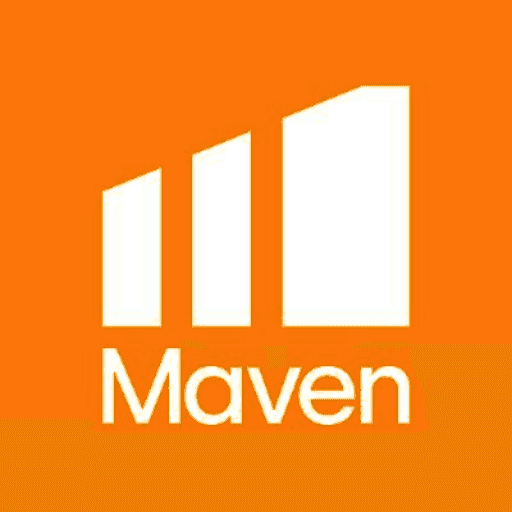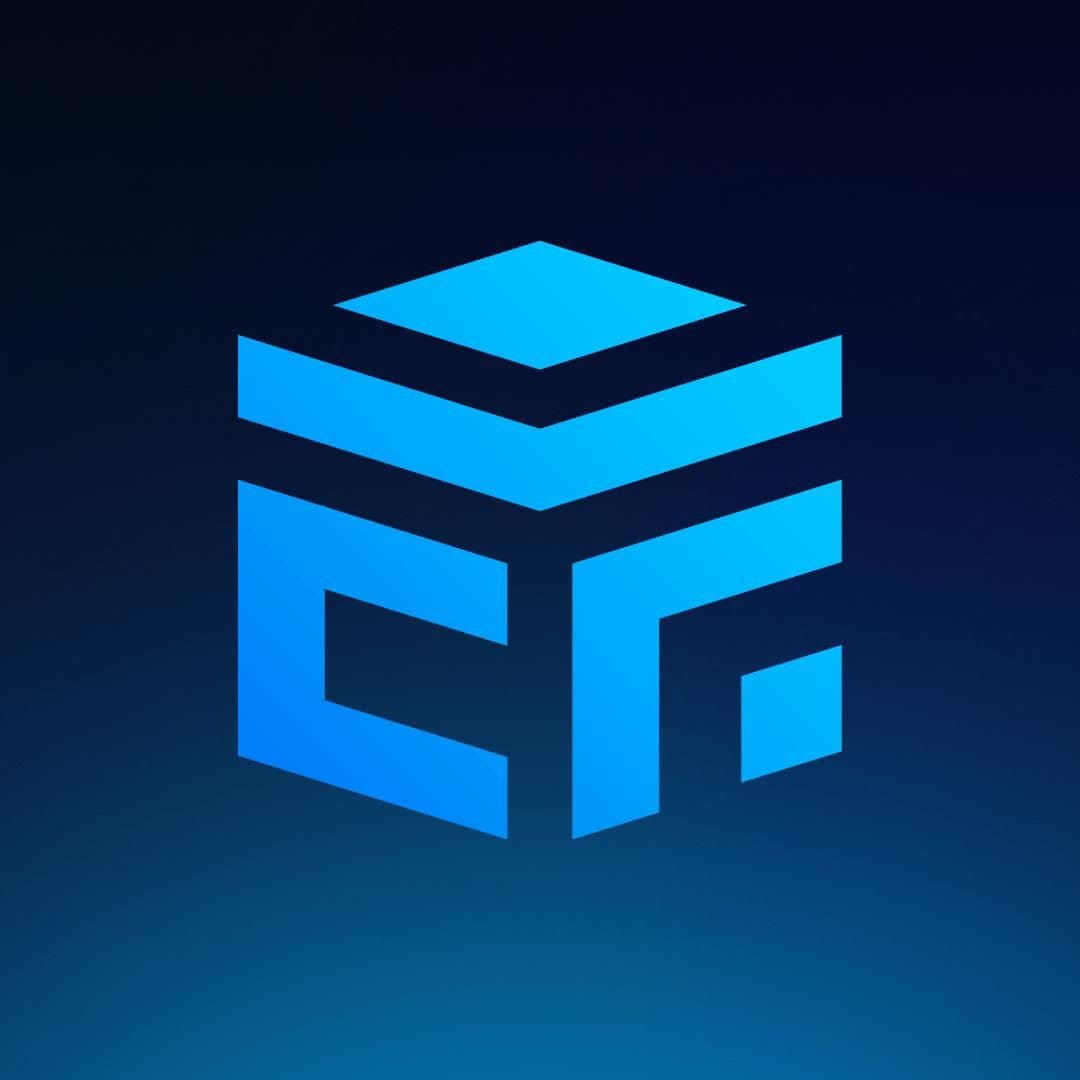What is Crypto Mining and How Does It Work? A Beginner's Guide

What is Crypto Mining and How Does It Work? A Beginner's Guide
11/26/2024
Crypto mining is a vital part of the cryptocurrency ecosystem. It is the backbone of digital currency creation and transaction verification. The process uses advanced computing power and cryptographic principles to maintain and secure blockchain networks. Miners receive newly minted cryptocurrencies as rewards for their work.
You'll discover how cryptocurrency mining works in this piece. The content covers everything from the basic principles of blockchain technology to the specific equipment needed for mining operations. The guide explains the mining process, hardware requirements, potential profits, and environmental impact that shape this faster-growing industry. We've broken down complex concepts into simple, practical information that helps anyone who wants to understand or participate in crypto mining.
Understanding Cryptocurrency Mining
Cryptocurrency mining powers blockchain networks through a combination of complex computational work and economic incentives. This fundamental process ensures network security and functionality while proving transactions right and releasing new cryptocurrency into circulation.
Definition of crypto mining
Crypto mining relies on specialized computers that perform complex calculations to verify and record blockchain transactions. These computers compete to solve cryptographic puzzles. The first computer to find the solution earns the right to add new blocks to the blockchain and receives rewards. The process demands extensive computational power and runs much like a large data centre.
The role of miners in blockchain networks
Miners protect and maintain blockchain networks by handling several significant responsibilities:
They verify and validate transactions
They create blocks and maintain the chain
They keep the network secure
They stop double-spending attacks from happening
The mining process happens in three stages where miners select transactions, prove them right, and add them to new blocks. The blockchain protocol determines when new blocks appear - Bitcoin needs 10 minutes while Ethereum takes about 13 seconds. A smart reward system motivates miners to keep the network safe. This creates a beneficial cycle where miners protect the blockchain and earn new coins.
Proof-of-Work vs. Proof-of-Stake
We used two consensus mechanisms in the cryptocurrency ecosystem to validate transactions and secure networks:
| Feature | Proof-of-Work (PoW) | Proof-of-Stake(PoS) |
| Selection Process | Competition based | Lottery-based |
| Resource Requirement | Computing power | Cryptocurrency holdings |
| Energy Consumption | High | Low (99.84% less than PoW) |
| Block Creation Time | ~10 minutes (Bitcoin) | ~12 seconds (Ethereum) |
| Validator Requirements | Mining hardware | Minium stake (e.g., 32 ETH for Ethereum) |
PoW systems let miners compete to solve complex mathematical puzzles, and the winner gets to add new blocks. PoS emerged as an alternative that requires validators to hold and stake tokens instead of solving computational problems. This newer approach doesn't deal very well with energy consumption concerns while the network's security remains intact through economic incentives.
Mining difficulty adjusts automatically every 2,016 blocks (about 14 days) to keep block creation times consistent. These adjustments will give a stable and secure network as miners join or leave based on profitability and market conditions.
The Crypto Mining Process Explained
Cryptocurrency mining combines several sophisticated steps that work together. These steps maintain blockchain security and aid transaction processing. Understanding how these steps work is significant for anyone who wants to learn about cryptocurrency networks.
Transaction verification
At the time users send cryptocurrency transactions, the network receives and places them in a temporary holding area known as the mempool (memory pool). Mining nodes collect these pending transactions from this area and verify that they follow the network's protocol requirements. The verification process has multiple checks that validate digital signatures, confirm available balances, and stop any double-spending attempts.
Block creation
Miners start assembling verified transactions into candidate blocks. They select transactions from their mem pool and give priority to higher transaction fee payments. The block creation process needs these components:
| Component | Description |
| Previous Block Hash | Reference to the last confirmed block |
| Transaction Data | Verified transcations from mempool |
| Timestamp | current block creation time |
| Nonce | variable used for mining puzzle |
Solving cryptographic puzzles
Mining primarily involves solving complex mathematical problems through the SHA-256 algorithm. Miners need to find a specific nonce (number used once) that produces a hash value meeting certain criteria when combined with other block data. The network wants to keep an average block creation time of 10 minutes and adjusts difficulty every 2,016 blocks to maintain this target.
The mining process requires:
Generating multiple hash attempts through different nonce values
Comparing results against the current network difficulty target
Computing billions of calculations per second (measured in hash rate)
Adding new blocks to the blockchain
Miners broadcast their candidate block to the network after finding a valid hash. The network nodes then validate the block through several steps:
Network nodes check if the block and its hash solution are legitimate
The blockchain accepts the new block once everything checks out
The system rewards miners with new coins and fees from transactions
Miners start working on the next block and use the hash from the newly added block as their reference point
The network adjusts mining difficulty based on its total computing power. This adjustment helps maintain consistent block times even as network participation changes. The system regulates itself to keep the network secure while controlling new coin creation. Bitcoin's network processes about 622 exa-hashes per second as of August 2024.
Equipment and Resources for Crypto Mining
Mining cryptocurrency profitably needs the right mix of specialized hardware and software with powerful computing resources. Miners must choose proper equipment and control their operating costs to make money from their mining operations.
Hardware requirements (ASICs, GPUs)
The cryptocurrency mining hardware market gives miners two main choices: Application-Specific Integrated Circuits (ASICs) and Graphics Processing Units (GPUs). Both options come with their own benefits and tradeoffs:
| Feature | ASIC Miners | GPU Miners |
| Hash Rate | Up to 335 TH/s | 250 MH/s to 12.7 GH/s |
| Original Cost | $4,600 - $11,000 | $1,700 per GPU |
| Flexibility | Single algorithm | Multiple algorithms |
| Energy Efficiency | Higher | Lower |
ASIC machines excel at Bitcoin mining and calculate hashes 100,000 times faster than standard CPUs . Bitmain S21 series, a modern ASIC miner line, delivers hash rates between 200-335 TH/s. These powerful machines cost between $7,000 and $11,000.
Software and mining pools
Mining software plays a vital role as the bridge between hardware and blockchain networks. Popular mining software choices include:
CGMiner: Compatible with ASIC hardware, supports multiple cryptocurrencies
BFGMiner: Ideal for advanced miners, works with ASIC and FPGA rigs
Awesome Miner: Manages multiple rigs and pools from a single dashboard
Individual miners now rely heavily on mining pools to get consistent returns. These networks make shared computing possible and boost success rates. FoundryUSA and F2Pool stand out as leading pools that control much of the global hash rate. FoundryUSA alone adds about 197 EH/s to the Bitcoin network.
Energy consumption and costs
Cryptocurrency mining operations demand enormous amounts of energy. Bitcoin mining uses more electricity than several countries combined. This massive power consumption drives up operational costs and leaves a substantial environmental footprint.
Recent data from the Department of Energy's Energy Information Administration shows crypto mining now uses up to 2.3% of U.S. electricity. The power demands have pushed electricity rates up by 4.7% for regular consumers in some areas.
Mining facilities need these essential elements:
Cheap and steady power supply
Cooling systems to manage temperature
Smooth internet connection
Expert technicians for maintenance
Electricity costs largely determine whether mining operations make money. These costs differ widely based on location. Smart operators are set up in areas with cheap power access. Many secure special industrial rates to stay ahead of competitors.
Pros and Cons of Cryptocurrency Mining
Cryptocurrency mining offers profitable opportunities but faces important challenges that drive its progress in today's digital world. The industry's continued growth helps stakeholders and potential participants understand its benefits and drawbacks better.
What it all means for rewards and profits
Bitcoin miners earn impressive revenues that reach USD 20 million worth of Bitcoin per day. These numbers add up to a staggering USD 600 million in monthly revenue. A single mining machine like the Whatsminer M20S can generate USD 12 in daily Bitcoin revenue.
Here's what affects mining profits:
| Revenue Components | Cost Factors |
| Block rewards | Hardware investment (USD 2,000-20,000) |
| Transaction fees | Electricity costs |
| Mining pool earnings | Maintenance expenses |
| Market price fluctuations | Tax obligations |
Environmental concerns
Cryptocurrency mining creates severe environmental effects that threaten global sustainability:
The Bitcoin network keeps taking 173.42 Terawatt hours of electricity during 2020-2021
Bitcoin would rank as the 27th largest electricity consumer globally if it were a country
The carbon emissions equal burning 84 billion pounds of coal
The environmental damage needs 3.9 billion trees planted to offset it, covering an area as large as the Netherlands
Mining operations leave a massive water footprint that could fill 660,000 Olympic-sized swimming pools. This amount of water could meet the domestic needs of over 300 million people in rural sub-Saharan Africa.
Scalability issues
Blockchain networks face the most important scalability challenges when adoption increases:
Bitcoin's network processes only 7-10 transactions per second
Traditional payment systems like Visa handle thousands of transactions per second
Network congestion leads to higher transaction fees and processing delays
The blockchain trilemma creates a complex balance between security, decentralization, and scalability
Future of crypto mining
Crypto mining faces challenges today, but its future looks bright with new developments and growth opportunities. The industry now focuses on environmental solutions while boosting economic growth:
1.Renewable Energy Integration:
Mining facilities now employ hydro and renewable energy
Nuclear power partnerships deliver stable, zero-carbon energy
New ways to use excess renewable energy emerge
2.Economic Development:
Construction of mining facilities creates up to 1,688 local jobs
The operations phase provides 157 permanent positions
Local wages and tax revenue see major benefits
Technology keeps improving the Bitcoin protocol and lightning network to make transactions quicker and more efficient. The industry's growth shows in countries like El Salvador that adopted Bitcoin as their national currency. This proves Bitcoin's mainstream acceptance and hints at future expansion.
Mining operations now embrace green practices. Some facilities give new life to old coal plant sites by switching to renewable energy for crypto mining. This shift helps the environment and creates jobs in the green energy sector.
Conclusion
Cryptocurrency mining plays a key role in the digital currency ecosystem. This process combines advanced technology with financial rewards to keep blockchain networks running. Miners just need powerful computers and specialized equipment to operate. They must think about running costs, especially when they have high energy usage. The mining landscape keeps changing as operators adapt to market conditions and tackle challenges in scalability and environmental effects.
Looking ahead, cryptocurrency mining is moving toward a greener and more efficient future. Operations increasingly use renewable energy sources and better technologies. Mining facilities create new jobs and boost local economies. Technological improvements will give miners increased transaction processing power. These changes show how the industry is growing up and finding the right balance between profits and environmental responsibility. This marks a crucial step as blockchain technology becomes more widely adopted.
You may also like
Top Prop Firm Trading Competitions of 2026: Win Free Accounts

How to Pass the FTMO Challenge FAST: Full Guide for Indian Traders

FORFX Payouts, Profit Split & Withdrawal Rules (2025 Guide)
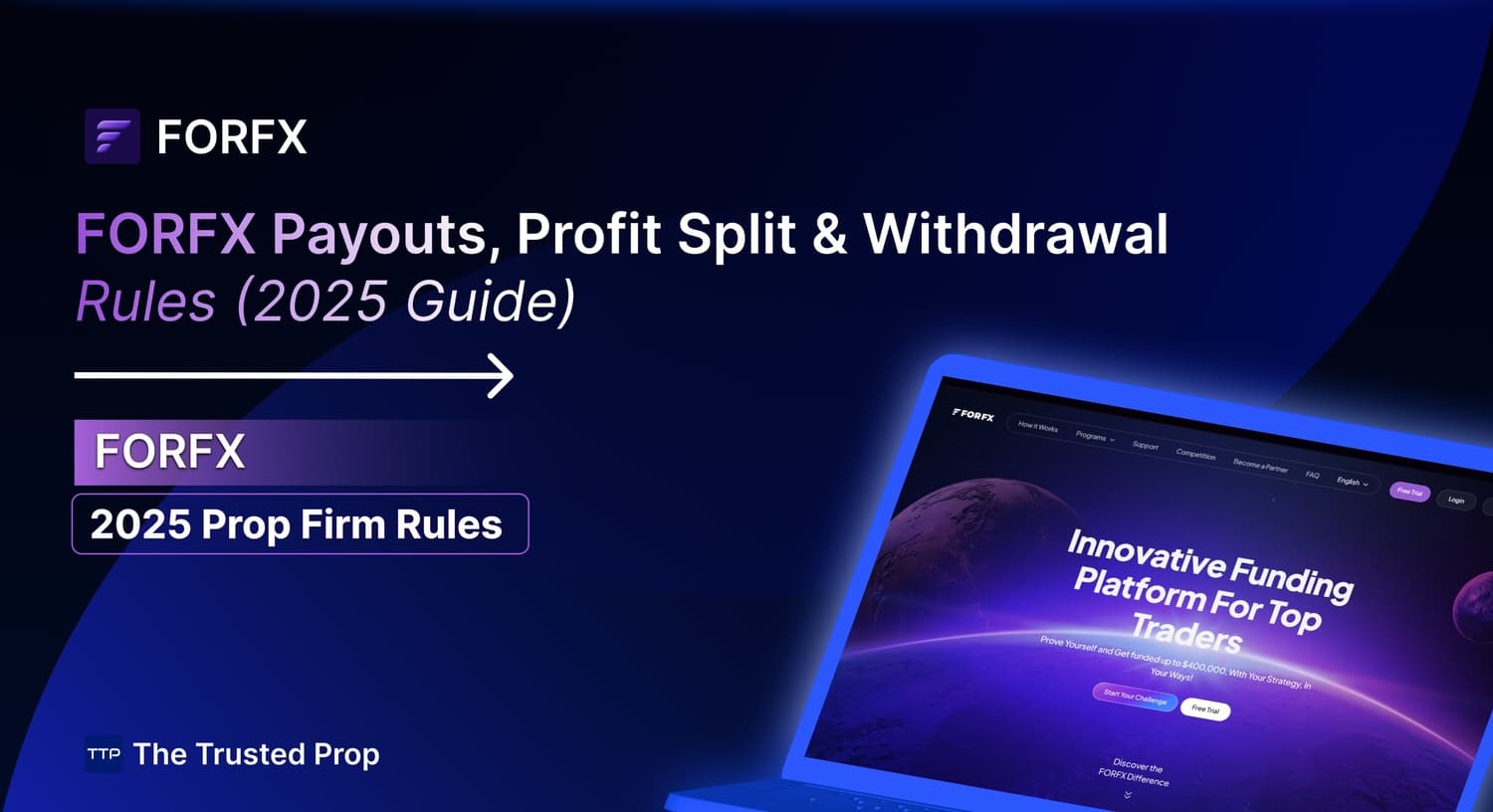
Instant Funding No Challenge Account Trading Rules [2025 Guide]
![Thumbnail of Instant Funding No Challenge Account Trading Rules [2025 Guide]](/_next/image?url=https%3A%2F%2Fpub-51c71f8fd7954912b8b4f24b379002f8.r2.dev%2Fthetrustedprop%2Flogo%2F1766059359131-instantfundin.jpeg&w=1920&q=75)
FundedNext Challenge Review 2025: Stellar 1-Step vs. 2-Step
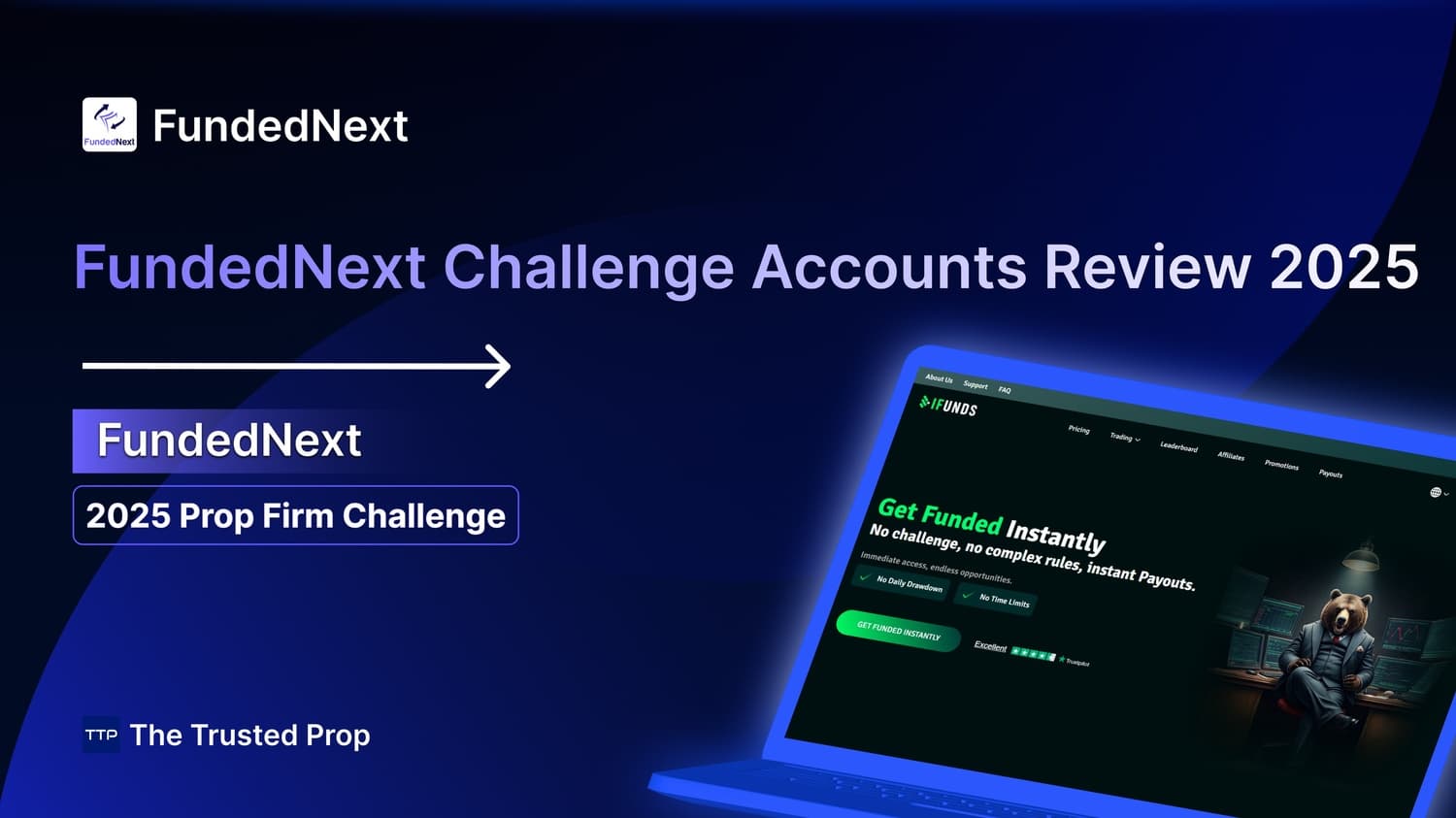
FTMO Funding Program: Cost, Rules & Payouts for Indian Traders

My Funded Futures Scale Account Review 2025: Rules & Tips
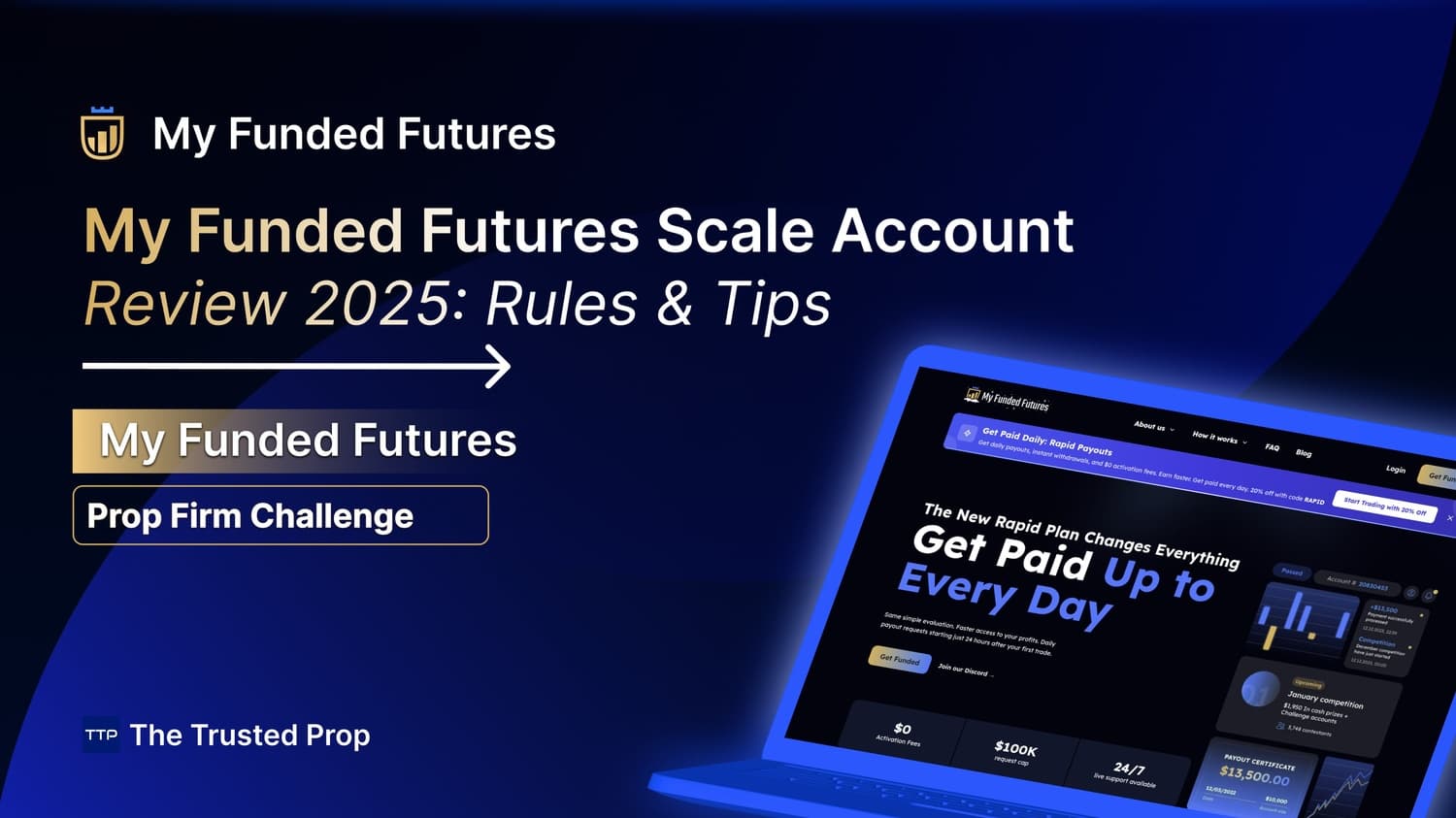
No FAQs are available for this topic yet.

.jpeg&w=3840&q=75)




